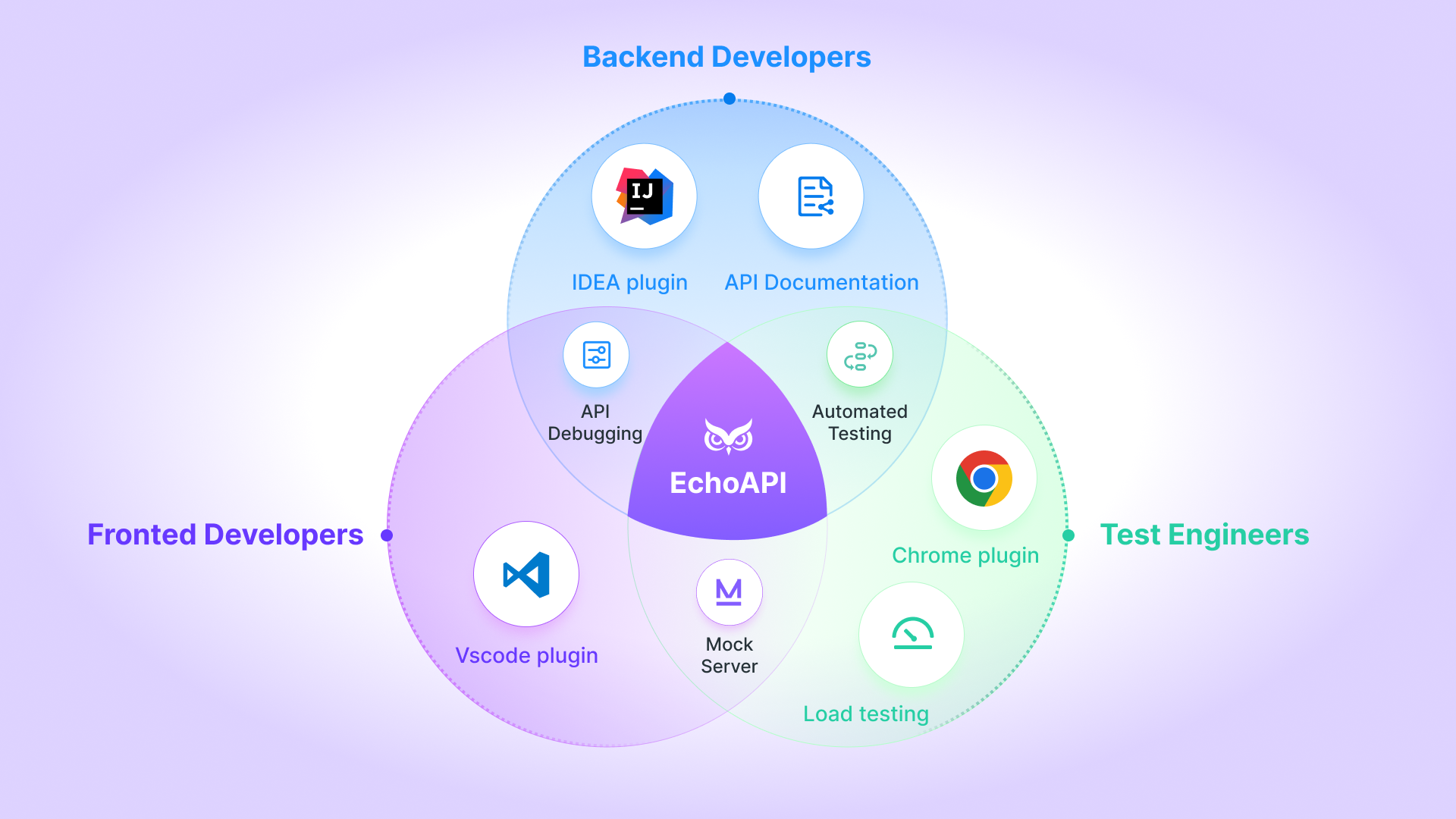Postman vs. Insomnia: Choosing the Best API Testing Tool for Your Needs
In this article, we will compare the features and functionalities of Postman and Insomnia, as well as their pros and cons, to help you choose the right API testing tool for your needs.
Understanding Postman and Insomnia
Choosing the right API testing tool is crucial for efficient development and seamless integration of APIs. Let's delve into Postman and Insomnia, two of the most popular API testing tools, to understand their capabilities better.
What is Postman?

Postman is a widely-used API testing tool known for its user-friendly interface and a vast range of features. It supports creating and managing API requests, writing and running automated tests, and collaborating with team members. Additionally, Postman integrates well with tools like Jira, GitHub, and Slack, making it a versatile choice for API testing.
What is Insomnia?

Insomnia is another popular API testing tool that matches Postman in many aspects, including creating and managing API requests, running automated tests, and team collaboration. Insomnia stands out with its support for multiple protocols and a highly intuitive interface, providing a smooth user experience.
Comparing Features and Functionality
Postman Features
User-Friendly Interface: Easily create, organize, and run API tests.
Collection and Environment Management: Organize API tests into collections and manage different environments.
Automated Testing: Run tests automatically and receive real-time results.
Collaboration: Share test cases and results with team members.
Mock Servers: Create mock servers for testing APIs without setting up a real server.
Integration with Tools: Integrates with Jira, GitHub, and Slack.
Insomnia Features
User-Friendly Interface: Simple and intuitive interface for creating requests and managing environments.
Support for Multiple Protocols: Supports HTTP, HTTPS, WebSocket, GraphQL, and MQTT.
Rich Request Editor: Features like auto-completion, syntax highlighting, and code snippets.
Powerful Data Management: Uses environment variables, global variables, and local storage.
Testing Script Functionality: Built-in JavaScript runtime for more complex testing operations.
Team Collaboration: Supports importing and exporting request collections.
New Contender: EchoAPI
Enter EchoAPI—a cutting-edge tool designed to streamline API development, debugging, and testing—all in one platform. EchoAPI simplifies workflows, eliminating the need for multiple tools and enhancing collaboration among frontend, backend, and testing teams.

Why Choose EchoAPI?
Key Features
API Design
API Documentation
API Debugging
API Test Automation
API Mocking
Team Collaboration

Advantages
Lightweight and Fast: Offers a smoother user experience without unnecessary bloat.
No Login Required: Access features instantly, maximizing productivity.
Visualized UI: Easy-to-navigate interface for orchestrating tests.
Scratch Pad Support: Conveniently jot down temporary code snippets and ideas.
Postman Script Compatibility: Full support for Postman’s scripting syntax for a seamless transition.
Powerful Integrations: Plugins for IntelliJ IDEA, VS Code, and Chrome—all without requiring a login.

Pros and Cons for Both Tools
Pros and Cons of Postman
Pros:
1. User-friendly interface, great for beginners.
2. Large community and extensive documentation.
3. Wide range of features and integrations, including automated testing and mock servers.
4. Supports multiple protocols (REST, SOAP, GraphQL).
Cons:
1. Can be slow and resource-intensive, especially with large APIs or multiple tests.
2. Some advanced features require a paid subscription.
3. Interface can become cluttered with complex API testing.
Pros and Cons of Insomnia
Pros:
1. Lightweight and fast, ideal for large APIs or multiple tests.
2. Clean and intuitive interface, easy to navigate.
3. Advanced features like environment variables, code generation, and GraphQL support.
4. Open-source and free to use without a subscription.
Cons:
1. Smaller community and less extensive documentation compared to Postman.
2. Interface may feel too minimalistic for some users.
3. Limited to REST APIs, lacking support for SOAP.
Conclusion: Choosing the Right API Testing Tool
Choosing the right API testing tool depends on your specific needs and preferences. Here's a summary to help you decide:
Postman: Best for those who value ease of use, extensive documentation, and a large community. Ideal for projects requiring robust features and integrations.
Insomnia: Perfect for users needing a lightweight, fast tool with advanced features and no cost. Suitable for projects that rely heavily on GraphQL and data management.
EchoAPI: The latest tool designed to simplify API workflows with powerful features, integrations, and a user-friendly interface. Ideal for teams looking for efficient, streamlined API development and testing.
In conclusion, consider your project requirements, team size, budget, and the specific features you need when choosing an API testing tool. Each of these tools has its strengths, so selecting the one that aligns with your needs will enhance your API testing efficiency and productivity. Happy testing!
Try EchoAPI Interceptor today!